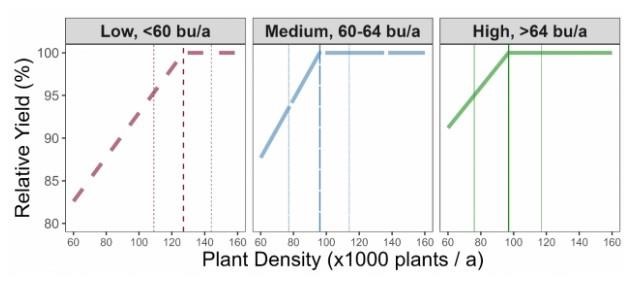By Curtis Young and Kelley Tilmon
The mid-season defoliators are beginning to show up in soybean fields across Ohio. These defoliators include first generation bean leaf beetles, Japanese beetles, grasshopper nymphs and several different caterpillars such as silver-spotted skippers, painted-lady butterflies and green cloverworms. Since all of these insects collectively add to the defoliation of soybeans, their collective feeding is used in the threshold to determine the need for an insecticide treatment, but it takes a lot of feeding to add up to significant damage. It often looks worse than what it truly is.

Japanese Beetle
When scouting soybean fields to assess levels of damage, it is important not to let one’s eye and mind over estimate what is truly there. Japanese beetles and grasshoppers tend to hit edges of fields first before they start moving farther into the centers of the fields. And Japanese beetles tend to feed in aggregations and at the tops of plants producing a startling appearance that easily catches one’s eye standing at the edge of a field looking in. It is imperative to assess the whole field and the entire plant from top to bottom to get a true picture of defoliation levels. It is very rare that we reach economic levels of defoliation here in Ohio.
A rescue treatment is advised when defoliation levels reach 40% in pre-bloom stages, 15% in bloom, and 25% during pod fill to harvest. These defoliation levels apply to the plant as a whole, not just certain leaves. Damage is often worst at the top of the canopy but on closer examination most of the plant is relatively unharmed. Make your decision based on the average condition of whole plants, not a scan of the top canopy. Also, defoliation tends to be worse on field edges, so make your assessment based on the field as a whole, including interior.

Grasshopper Nymphs
Later in the growing season, we will have to watch for pod injury from bean leaf beetle and grasshoppers. A different set of rules apply when dealing with pod injury.

Silver-spotted Skipper Caterpillar
A visual guide to defoliation is useful because it is very easy to over-estimate defoliation in soybean. Whether it is one species of foliage-feeding insect or several foliage-feeding insects present in soybean the same percent defoliation guidelines can be used for all of them collectively.
Source : osu.edu